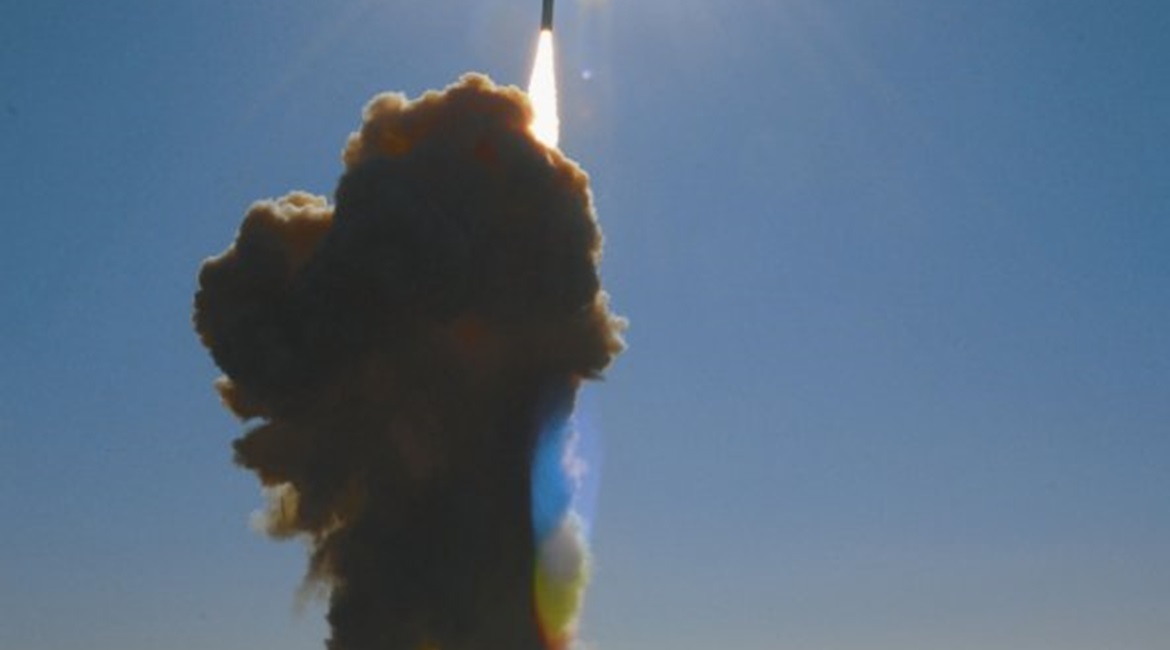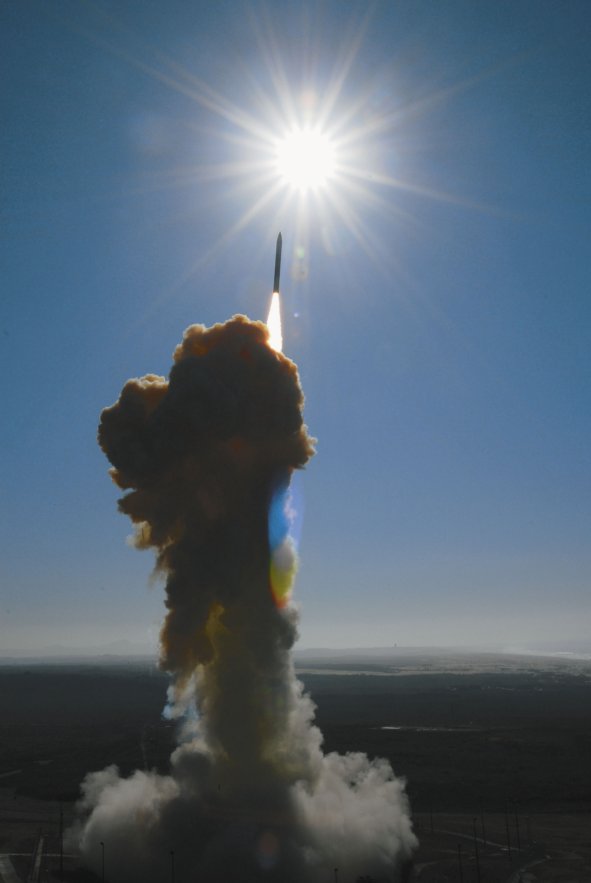
The White House’s proposed budget for the US Missile Defense Agency (MDA) includes USD9.431 billion in fiscal year 2020 (FY 2020), which would mark a cut of USD1.06 billion from the USD10.491 billion enacted in FY 2019.
MDA said its priorities would be to “continue to focus on increasing system reliability”, to boost missile “engagement capability and capacity” by buying more and better performing interceptors, and to “address the advanced threat”.
The FY 2020 request, which is likely to be somewhat altered by lawmakers who must then pass it in both chambers before the president enacts it, includes USD1.2 billion for the Ground-based Midcourse Defense (GMD) system that is designed to defend against limited long-range attacks from states such as North Korea.

Improving the GMD system has been the Pentagon’s top missile defence priority. It now has its full complement of 44 interceptors and may soon get 20 more. (MDA)
A Long Range Discrimination Radar (LRDR) would get USD136.4 million to add midcourse warhead tracking for the GMD system. It is to be built at Clear Air Force Station in Alaska, and its initial fielding is slated for 2020, with an ‘operational acceptance’ around 2022, according to MDA.
The agency requested USD727.5 million to advance its Aegis Ballistic Missile Defense (BMD) system, including integrating the Standard Missile 3 (SM-3) Block IIA into the Aegis system. It also requested USD697.8 million to buy 30 SM-3 Block IB and seven Block IIA missiles.
For the Terminal High Altitude Area Defense (THAAD) programme, MDA asked for USD302.8 million for development and USD425.9 million to procure 37 THAAD interceptors plus “obsolescence mitigation, production and training support”, and tooling and equipment.
Looking to read the full article?
Gain unlimited access to Janes news and more...




